
Jonas Eika’s speech in Stockholm upon receiving the Nordic Council’s literature award
First of all, how well done and highly deserved that this young talented writer should receive such a prestigious award. Secondly, how incredibly brave of him to speak the words that he did, the context and, not least, the audience considered. The relation that Eika named between the Nordic countries’ histories of colonialism and the racism and nationalism plaguing our societies today, certain people are bound to disagree with. That, I suppose, is a matter of interpretation for historians. But the camps! For the camps in which rejected asylum seekers are rounded up for years on end, there can be no excuse. Those are, completely objectively, a humanitarian disgrace, and Eika mentioned them by name: “Close Sjælsmark, close Kærshovedgård, close Ellebæk.” In my work, I always argue for the fine distinction between politics and art. When the prime minister is sitting in the front row, let’s talk politics. We shouldn’t let those in power wipe their hands on art.

The Oslo Biennial, first edition, 2019–2024. A five-year programme of art in public space curated by Eva González-Sancho Bodero and Per Gunnar Eeg-Tverbakk
The Oslo Biennial, which ‘opened’ in May, disappoints on all of the biennial format’s usual parameters. There is no hype, no glamour, no political manifesto, or academic references. It is even hard to say what exactly there is to see. Gaylen Gerber made a house disappear, Carole Douillard’s performance-sculpture was cancelled due to rain, toilets were refurbished with swanky Vola faucets, and a nice English lady had learnt Virginia Woolf’s novel The Waves by heart. I was pulled aside and asked to listen. The Oslo Biennial deconstructs itself and invests in the city and its art scene over time – for the first edition, no less than five years. This strikes me as just the right way to not make a biennial.

The closing of the X-room, Statens Museum for Kunst (National Gallery), Copenhagen
Can the Danish politicians go on a field trip to Norway? With the Oslo Biennial as just one example of the strong art funding in that country, one can only hope. Otherwise, I’ll soon have to visit Fregatten Jylland – “the world’s longest wooden ship” – to see for myself where all the culture-kroner are going. This year it was announced that that the X-room, the National Gallery’s only – and one of the country’s foremost – platform for contemporary art, will close at the end of next year. “Our decision to simplify the museum’s exhibition formats is mainly about the current scarcity of resources,” Director Mikkel Bogh told Kunstkritikk. Is it reasonable that Denmark’s national gallery should have such scarce resources? The space is notable for its particularly un-Danish exhibitions – for me, especially memorable were those by Lutz Bacher (who sadly passed away this year in May), Henrik Olesen, and, recently, Shahryar Nashat – which are difficult to imagine anywhere else, in Copenhagen or beyond. Too bad!
– Kristian Vistrup Madsen (b. 1991) is a Danish writer and art critic based in Berlin. He holds degrees from Goldsmiths and The Royal College of Art in London, and is a regular contributor to Kunstkritikk, and to magazines such as Artforum, Frieze and Spike.
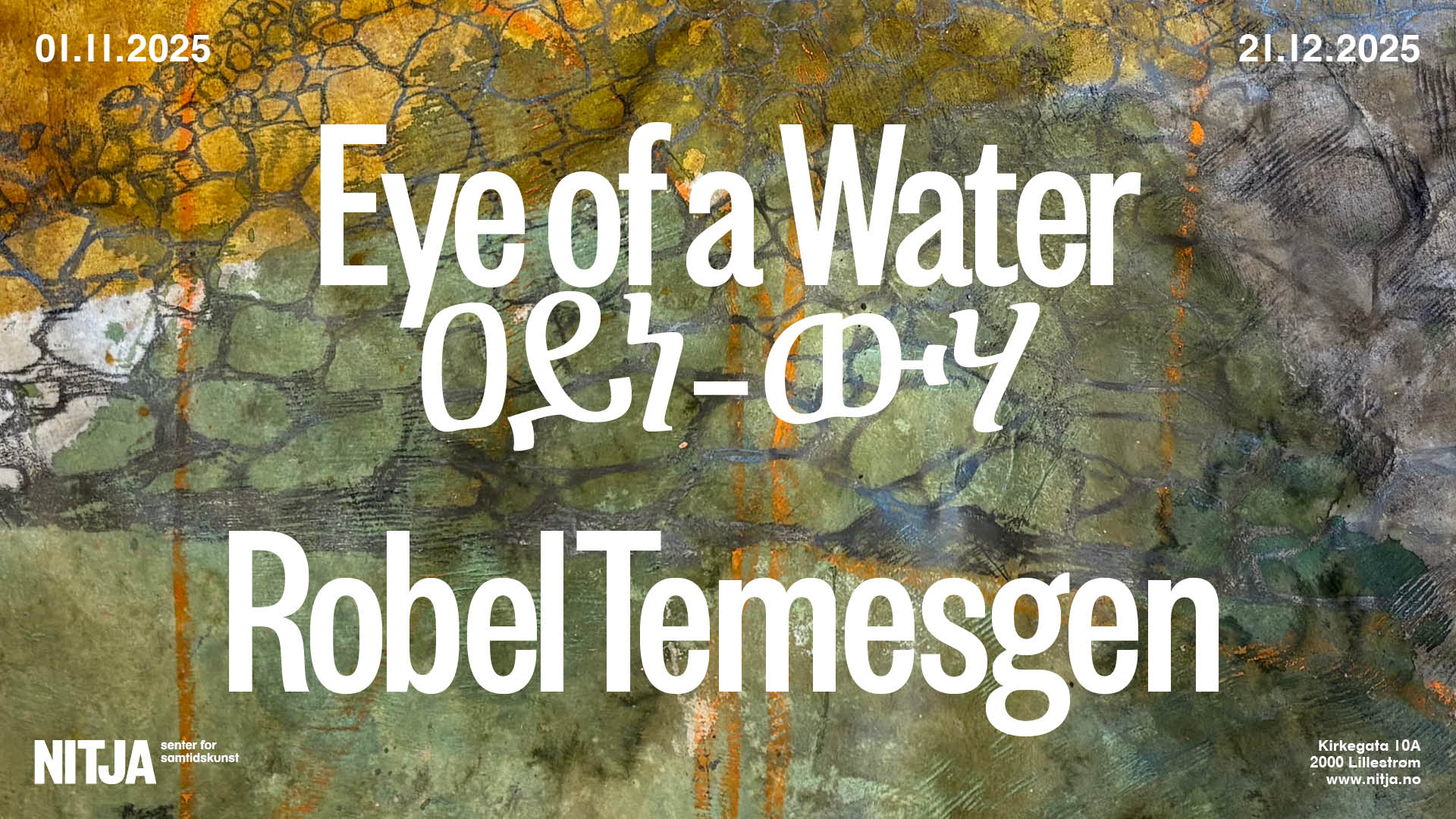






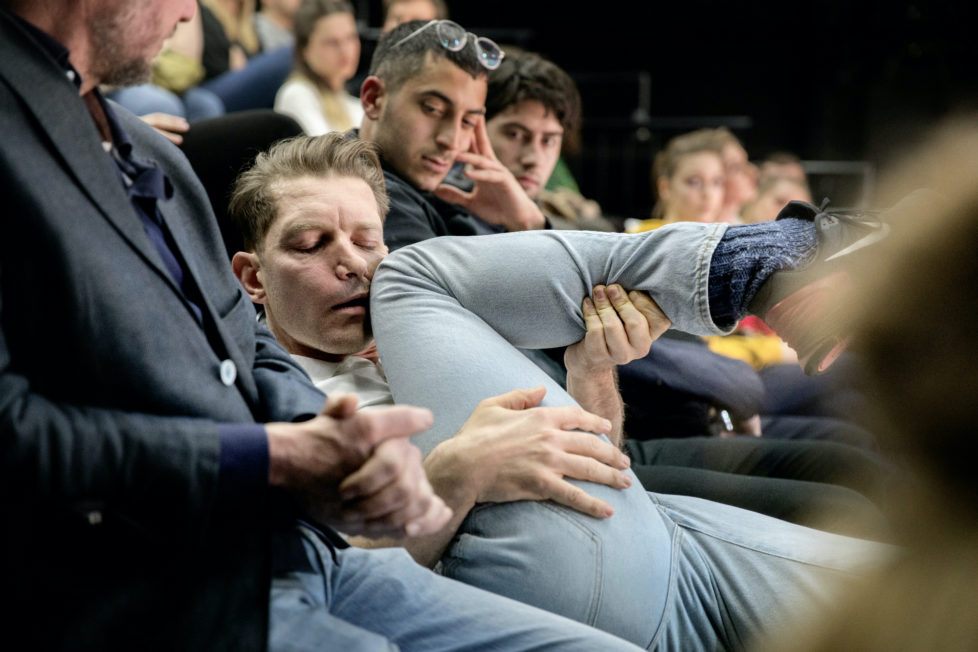
















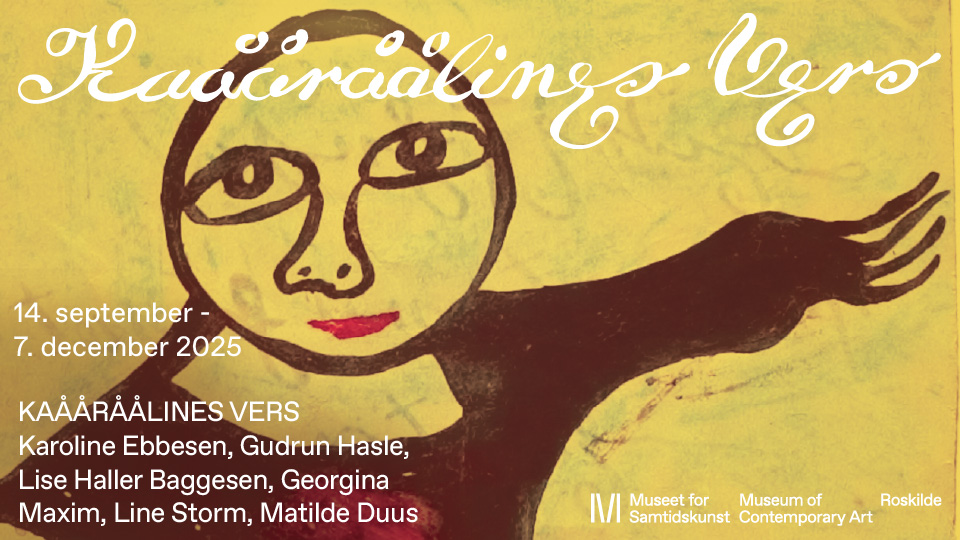
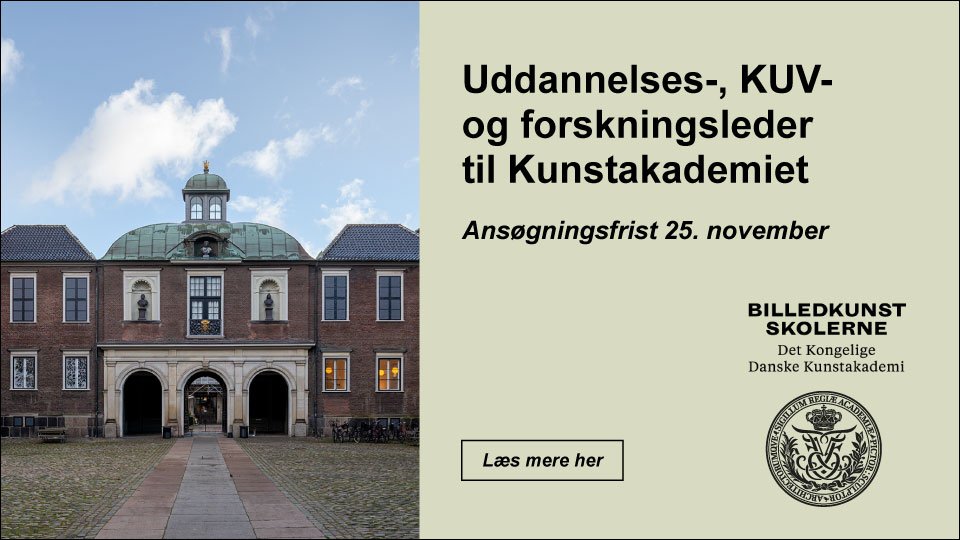
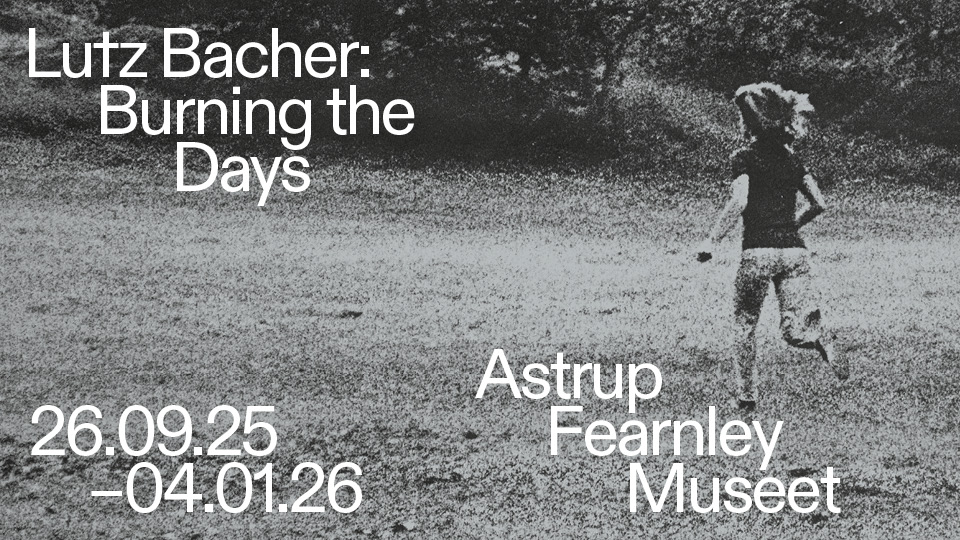
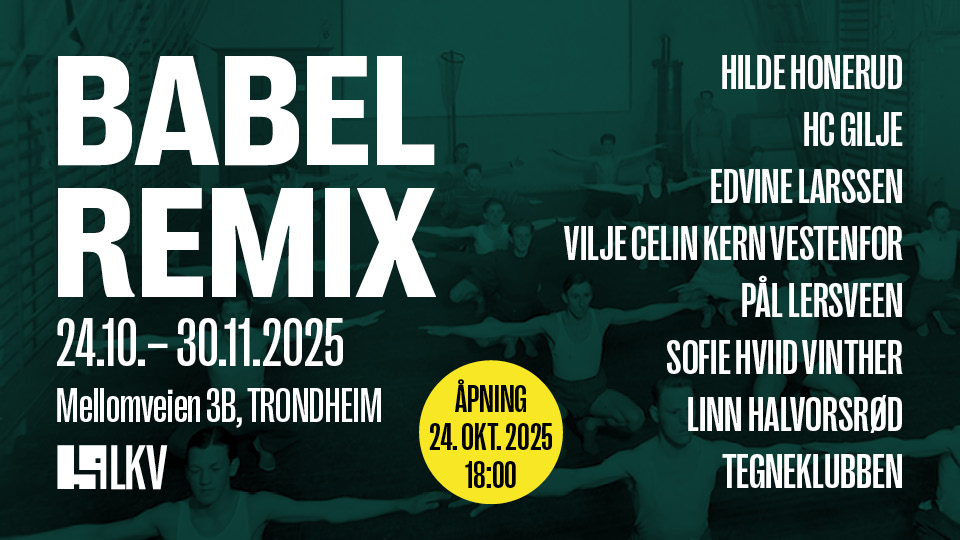
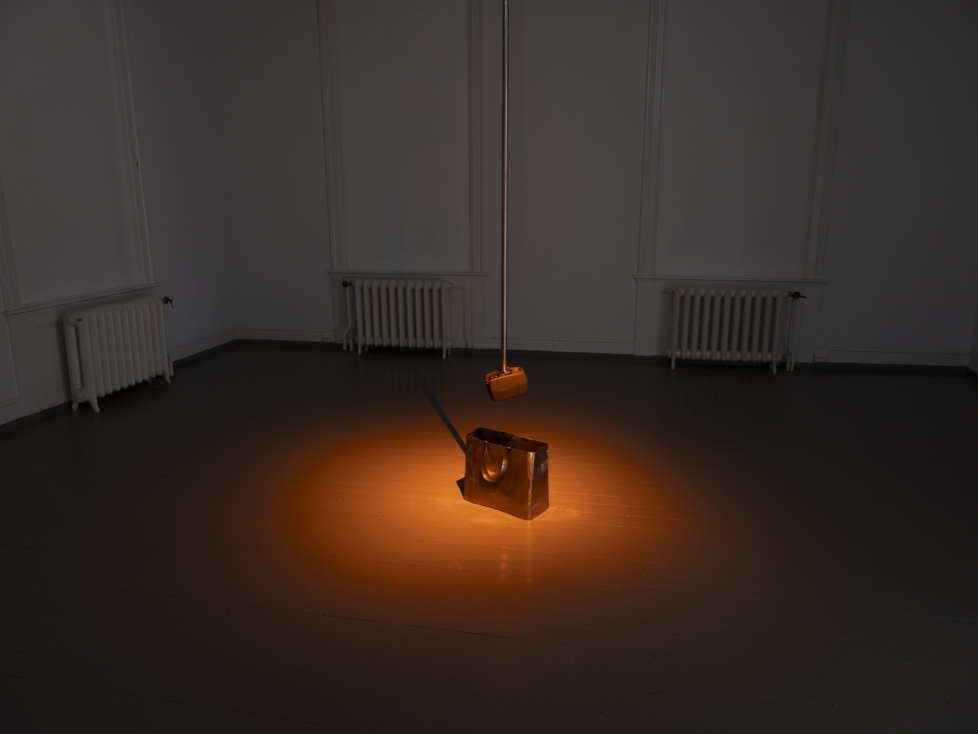
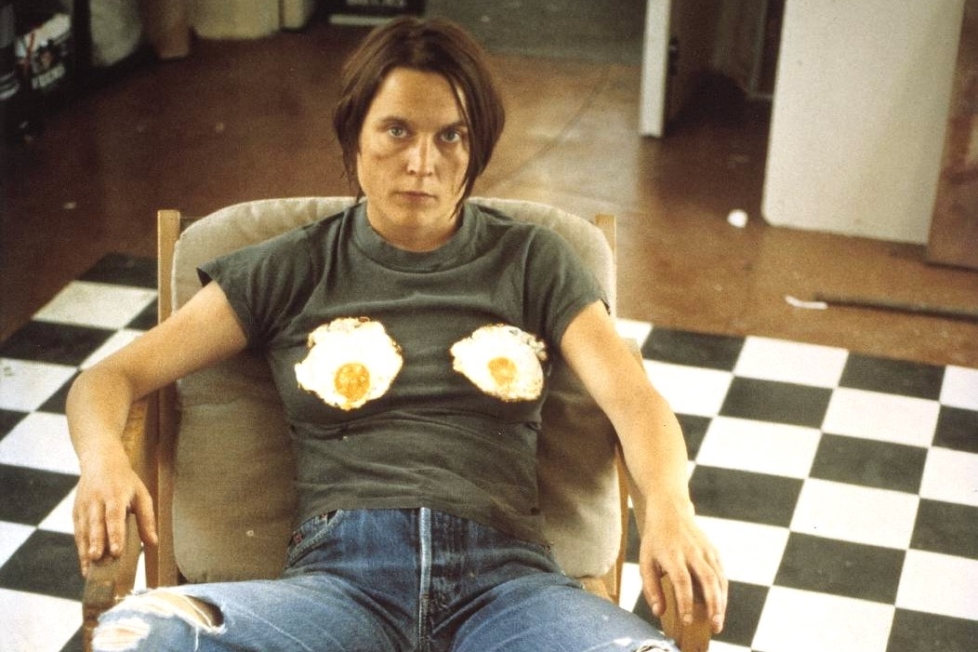

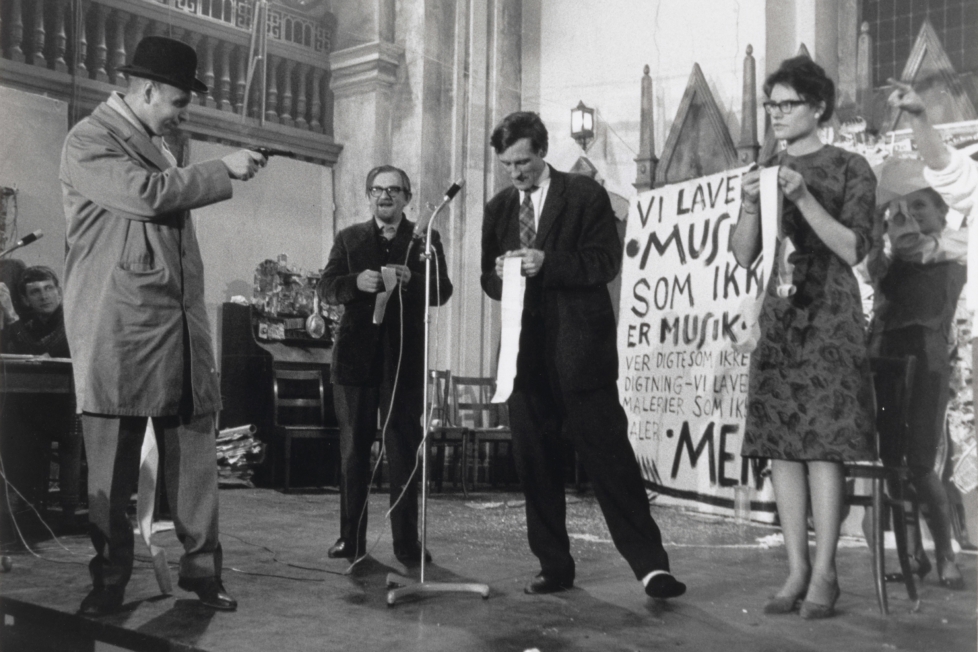
Diskussion